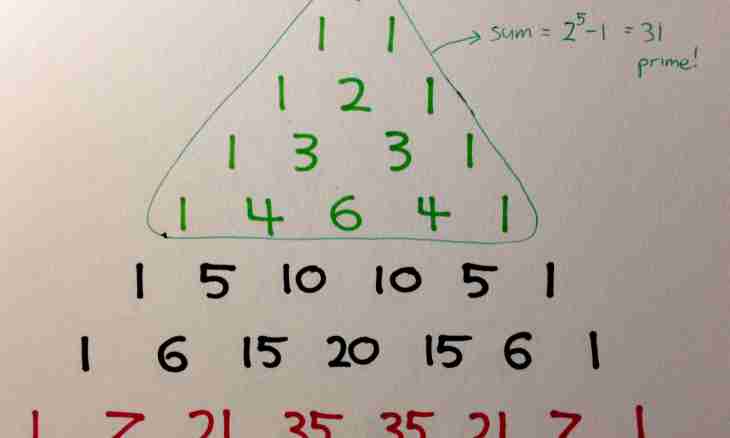Often it is required to find the triangle basis in tasks in planimetry and trigonometry. For this operation there are even several methods.
It is required to you
- Calculator
Instruction
1. Strict definition of the concept "triangle basis" of geometry does not exist. As a rule, by this term it is designated, the party of a triangle to which of opposite top the perpendicular is carried out (height is lowered). Also this term it is accepted to call the "unequal" party of an equilateral triangle. Therefore we will choose from all variety of examples known in mathematics under the concept "solution of triangles", options in which heights and equilateral triangles meet. If height and the area of a triangle, then to find the triangle basis are known (length of the party at which height is lowered), we will use a formula of finding of the area of a triangle claiming that the area of any triangle can be counted, having increased a half of length of the basis by height length: S=1/2*c*h, where: S - the area of a triangle, with - length of its basis, h - triangle height length. From this formula we find: with =2*S/h. For example, if the area of a triangle equals 20 quarter see, and height length - 10 cm, then the basis of a triangle will be: from =2*20/10=4 (cm).
2. If the side and perimeter of an equilateral triangle are known, then length of the basis can be counted on the following formula: with = R-2*a, where: Р - triangle perimeter, and - triangle side length, with - length of its basis.
3. If the side and size of a corner of an equilateral triangle opposite to the basis are known, then length of the basis can be counted on the following formula: with = and * √ (2 * (1-cosC)), where: C - the size of a corner of an equilateral triangle opposite to the basis, and - triangle side length. with - length of its basis. (The formula is a direct consequence of the theorem of cosines) there Is also more compact record of this formula: with =2*а*sin(B/2)
4. If the side and size adjacent are known to the basis of a corner of an equilateral triangle, then length of the basis can be counted on the following easily memorable formula: with =2*a*cosA A - size adjacent to the basis of a corner of an equilateral triangle, and - triangle side length. with - length of its basis. This formula is a consequence of the theorem of projections.
5. If the radius of a circumscribed circle and size of a corner of an equilateral triangle opposite to the basis is known, then length of the basis can be counted on the following formula: with =2*R*sinC, where: C - the size of a corner of an equilateral triangle opposite to the basis, R is the radius of the circle described around a triangle, with - length of its basis. This formula is a direct consequence of the theorem of sine.

